Painting the walls in your home or place of business is one of the most cost-effective ways to refresh your space, and it doesn’t require you to hire a professional. However, if you’re looking to end up with professional results, you need to keep a few things in mind. This guide will walk you through a handful of tips to follow while painting, helping you achieve crisp lines along edges and trim and consistent coverage on your walls.
Keep Trim and Corners Looking Sharp
Getting paint all over the trim or making crooked lines at the corners are two very noticeable errors you can easily make when painting. We will go over three ways to avoid those problems.
Cutting in: Although this method requires no extra tools, it does require practice and some skill. Load your brush, press your brush firmly against the wall, and drag a consistent line down along the edge. Make sure to avoid overloading the brush which can cause drips.

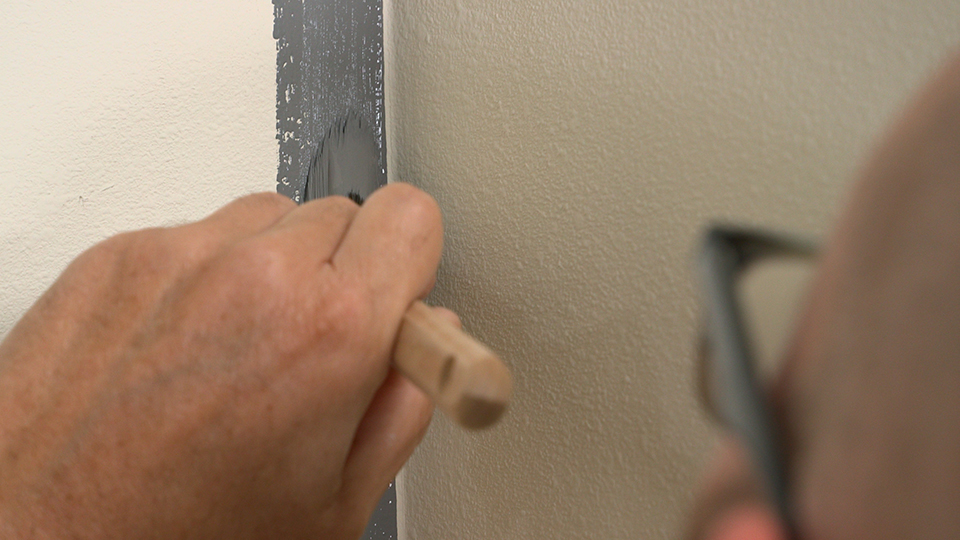
Taping: This method does take a lot of prep time, but it is easy and effective. When painting a corner, tape along the corner, firmly adhering the tape to the edge so no paint seeps behind it. It is important to remove the tape before the paint is fully dried to avoid ripping off any paint.
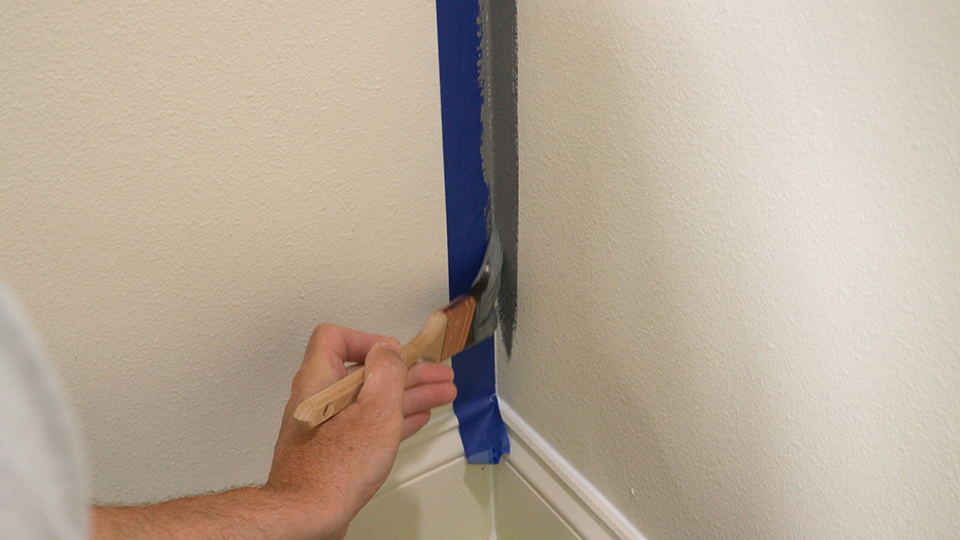
Using a Trim Guide: If you don’t have the time for taping or the skill for cutting in, using a Trim Guide is the method for you. Place the Trim Guide blade in the corner of the trim and the wall, then paint, continuing to move the tool along the wall until you reach the next corner. To keep your edges as clean as possible, make sure to occasionally wipe down the blade.
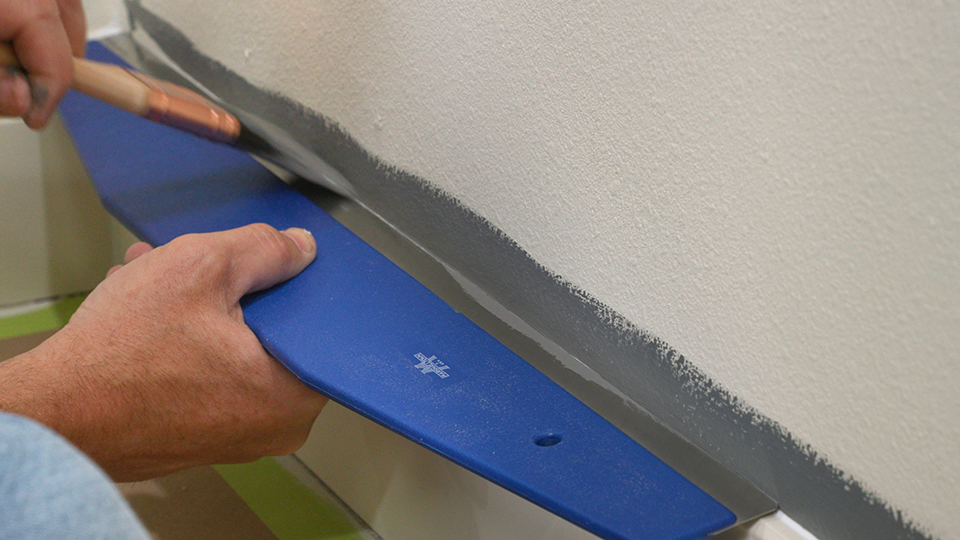
Seamless Coverage on Walls
Another problem you may come across is visible roller marks. For even coverage on your walls, check out these tips.
Wet Edges: To help the paint blend in, make sure to keep a “wet edge.” This means you will apply paint to a new section before the edges or previous section are dry. This will help you achieve a uniform look and prevent lap marks, which is when wet and dry layers of paint overlap, creating a deeper color in some spots.
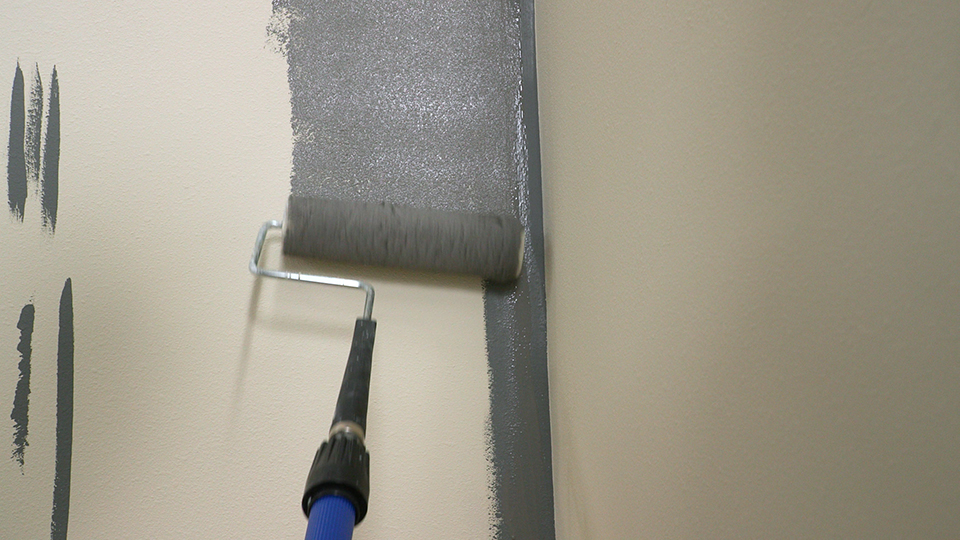
Overlapping Strokes: Another way to avoid noticeable brush and roller marks is by making overlapping strokes on the wall. This technique breaks up vertical lines, resulting in a smooth surface. It is best to work in smaller areas, like 4’ x 4’ at a time.
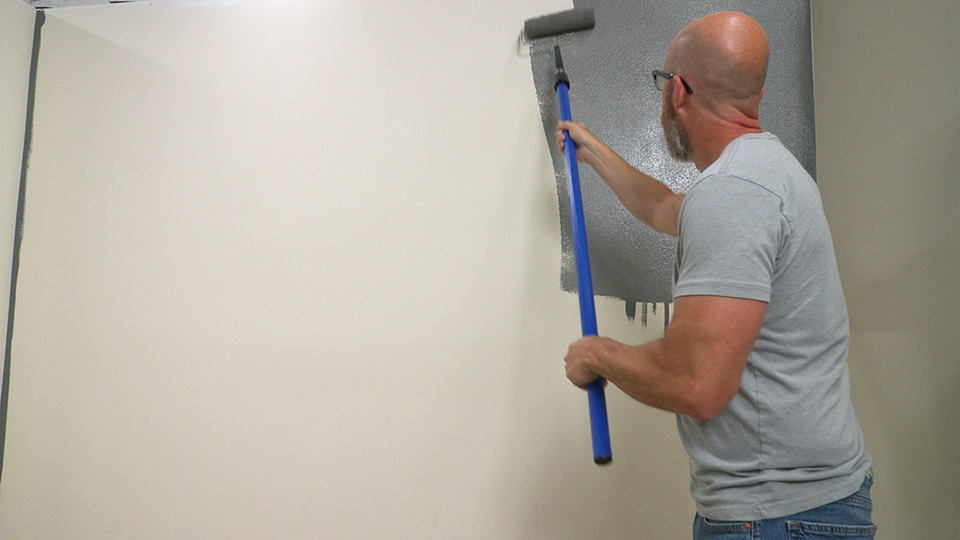
By following these tips, you will be well on your way to achieving professional-quality results on your next painting project and giving your space a new look!
To learn all about our innovative paint cleaning tools for when the job is done, check out our previous Workshop post— Invest in the Best Paint Cleaning Tools.